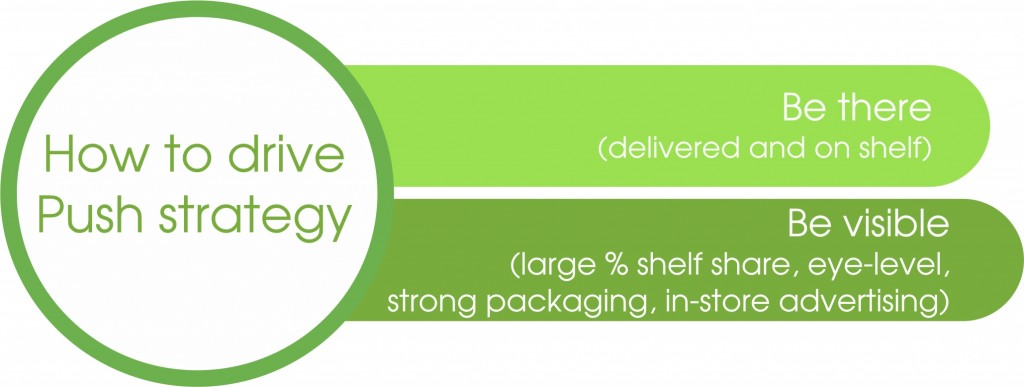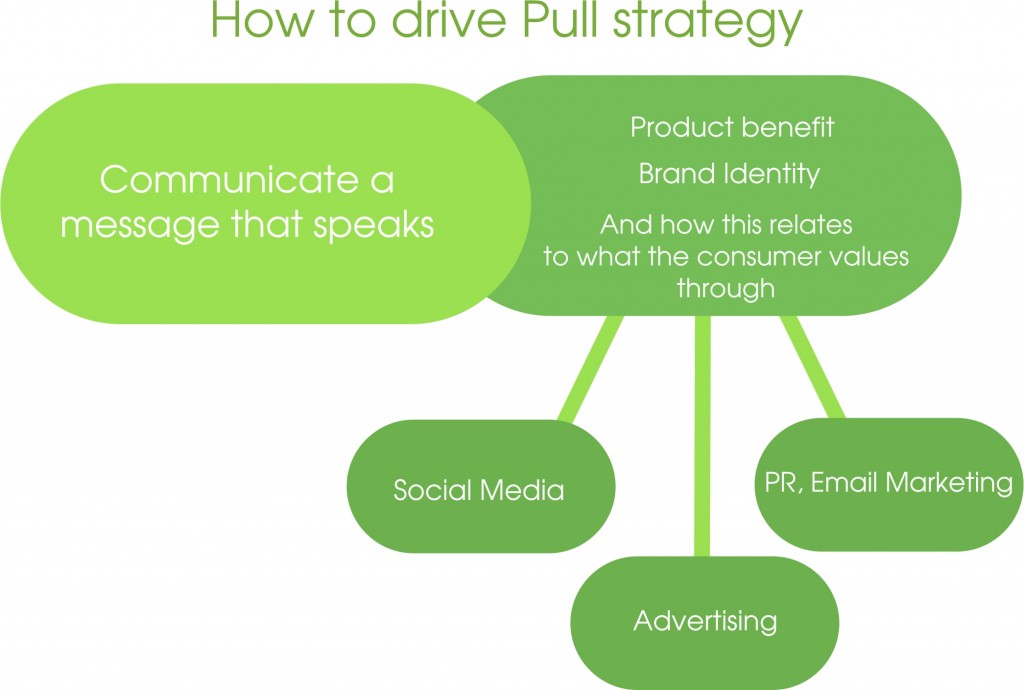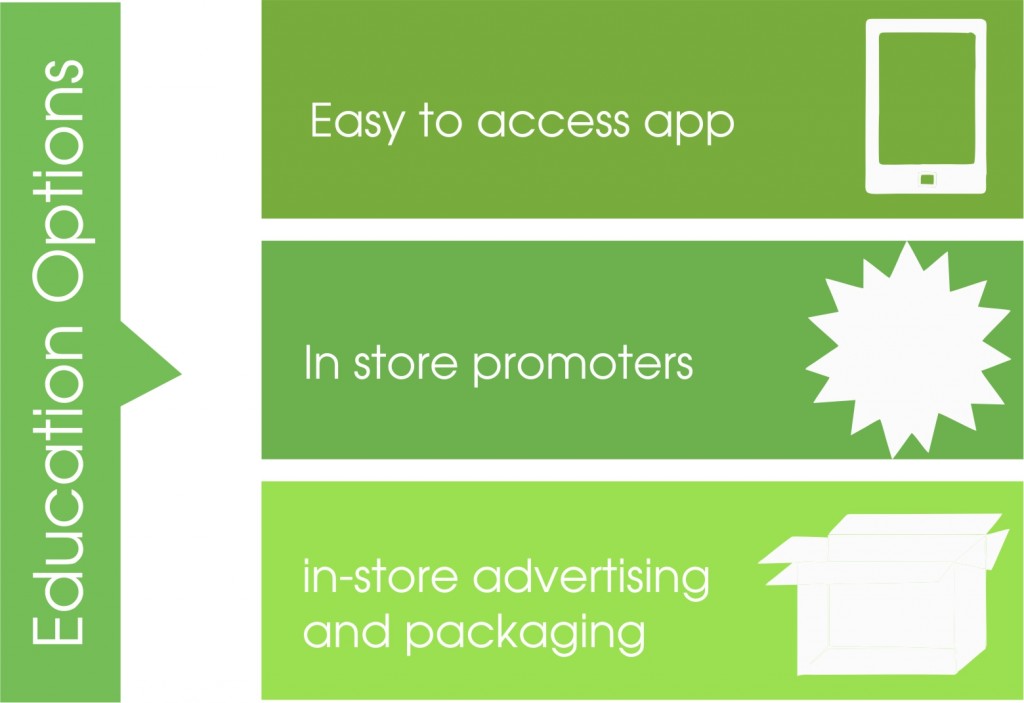The Push Pull Marketing Strategy is a marketing approach that combines both push and pull marketing tactics to create a comprehensive marketing campaign.
Although we like to think of ourselves as rational beings, psychology says otherwise. The average person makes 35 000 decisions daily. In order to reduce cognitive load, many of these are delegated to the subconscious. The subconscious is incredibly good at making quick decisions based on emotions and past and present experience.
Here is a guide to some of the many decisions shoppers make on their way to becoming buyers and how your brand can be with them at every point through drawing customers towards your brand (pull strategies), being available and visible in-store (push strategies) and helping them make decisions (education).
Step 1: How to drive Pull strategy.
Typically the shopping journey begins with that wheezing sound your bottle of shampoo makes before it splatters out only half of what you’re used to using. After deciding you’ll have to stop over somewhere after work, you need to decide where. This choice is influenced by a consumer’s uniquely stacked set of values, namely: Price, Brand and Convenience.
If the consumer values price or a particular brand over convenience, shoppers will be prepared to travel further for what they are looking for. Although we would like to believe that our evaluations of brands and price are rational, they are not always. Loyalty to a brand of washing powder could be because it washes well but it could also be entirely emotional, like it smells like home.
In an American study, participants were asked to recite their social security number and then to name an appropriate price for a bottle of wine. Participants who had social security numbers where the last few digits where high, gave a higher acceptable price for the bottle than participants ending in lower numbers. What this really shows is what shoppers are happy to get or pay depends on a lot of what is going on around us- a lot more than we would like to admit!
Before purchase, shoppers can be ‘pulled’ towards your brand through powerful and relevant advertising that can speak to the subconscious preference process.
Step 2: How to drive Push strategies.
Price, Brand and Convenience will continue to influence the shoppers decision between brands and products in-store. Once in-store, the shopper must navigate themselves to the relevant category. As mundane as this sounds, it is a great opportunity for stunning shelf displays to leap out at them on their way, and convince them to purchase your product, even if it wasn’t on the list.
Once shoppers have positioned themselves in front of a shelf, it’s time to make a lot more decisions. Essentially customers are not looking for products, they are looking for solutions to problems they have. The best suited product can be disguised by choice. Although many options sounds like a positive thing, it can become overwhelming for a consumer that doesn’t know a lot about the category.
For a brand to win at the in-store moment for a shopper they need to get noticed (bright packaging, lots of shelf space and shelf enhancements like shelf strips, side panels and lights all do a great job of attracting the eye) and offer the shopper value.
Step 3: How to drive a decision with education.
Value for the shopper can once again be a combination of price, brand and convenience. Depending on their priorities here, shopper slowly refine their purchase by price, brand, scent/flavour, format and size, but for a shopper to see these in your product they need to be communicated. Look carefully at your product packaging. Is the value you offer over a competitor clear? Are different versions of your product easily differentiated? If not, it’s probably a good idea to invest in some shelf enhancement to educate shoppers. An alternative would also be to have a powerful web presence where answers can easily be found. More and more customers are turning to their smartphones in-store to price check, read reviews or discover more about the company behind the product.
Summary:
Because you can’t be there for your product when a shopper is making a decision in your category, brands need to understand the factors that go into decision making so that your products speak for themselves. The loudest products speak through a strong pull and push marketing strategy and are able to show the shopper the value they offer.




